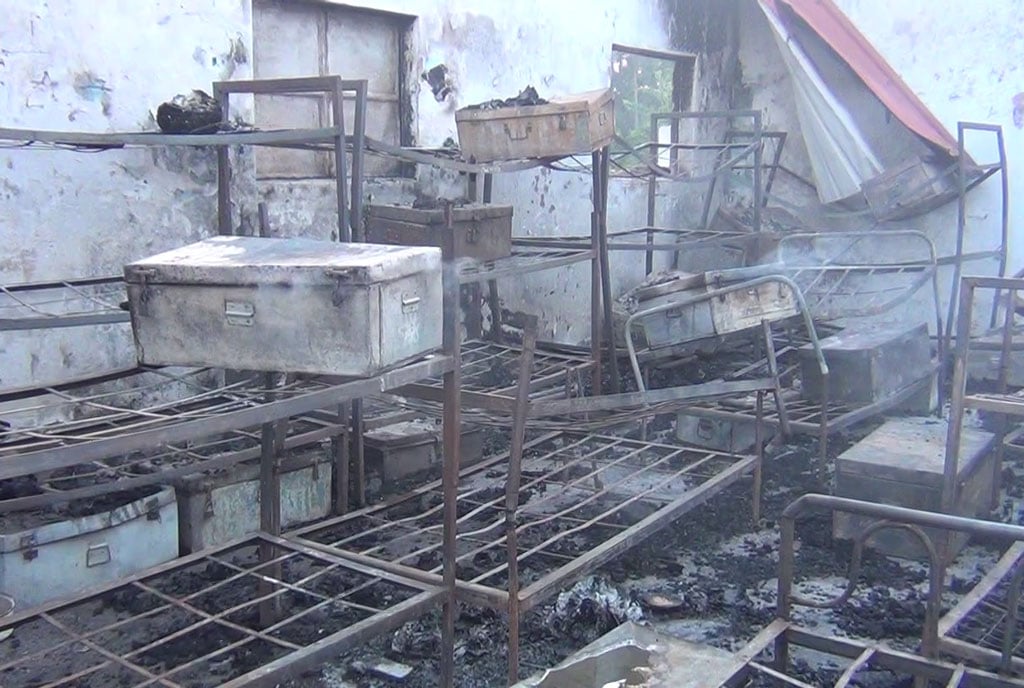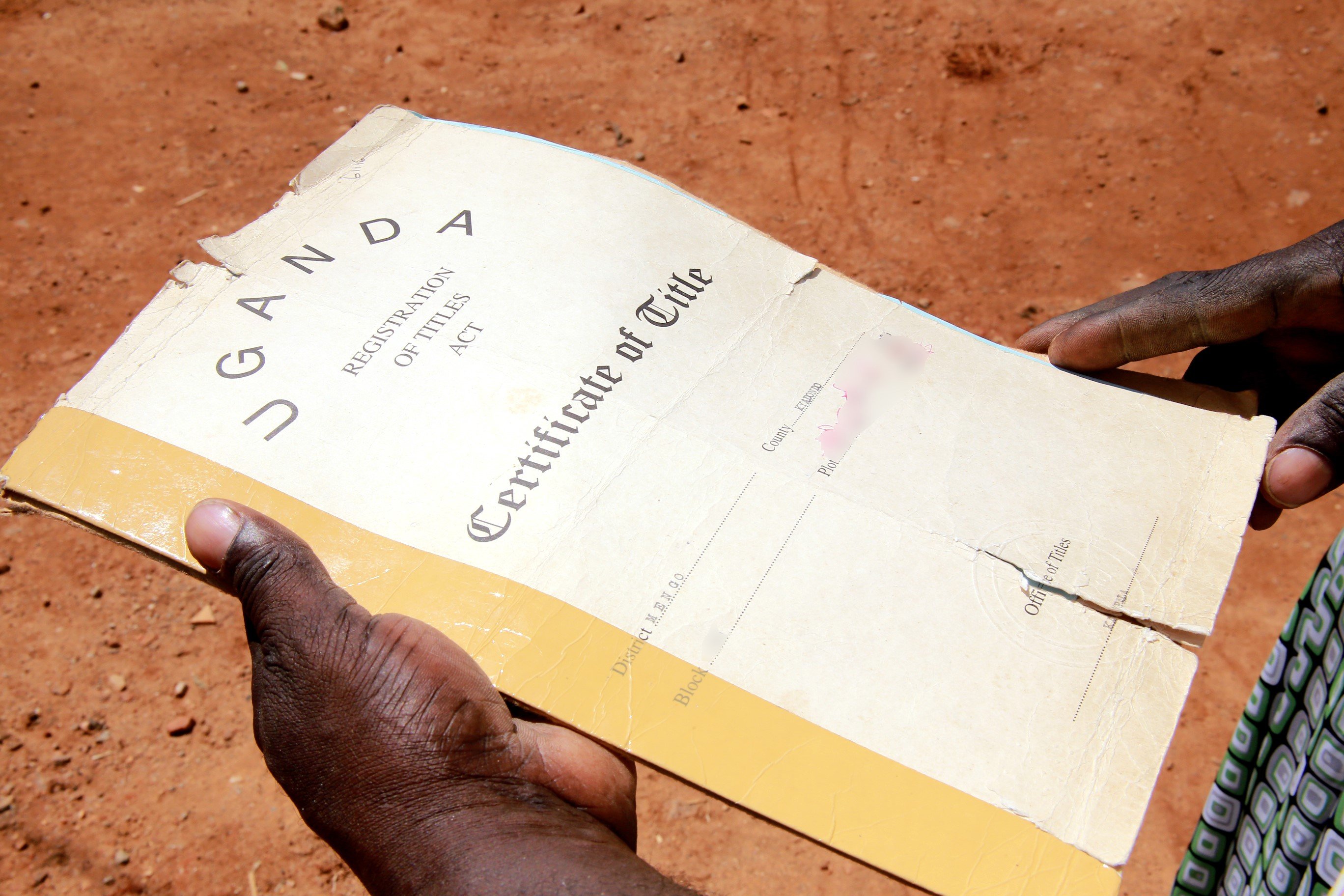How torture got mixed up with police work in Uganda

Ever since gruesome pictures of the Mayor of Kamwenge, Geoffrey Byamukama, appeared in the media, there has been great uproar. His knee caps have deep wounds and so are his ankles. His legs and arms are all bruises and wounds. (Don’t laugh, but the police say it is unethical to publish such pictures!)
Cases of suspects turning out in court with fresh wounds and bruises claiming to have suffered torture at the hands of the police have been with us for a long time. Some have been maimed for life. There are other cases of those arrested never turning up again.
I will not pretend to be surprised by these acts of assault by the police.
After all, it is now in the public domain that among the good officers in Uganda’s Police Force, there is a considerable number of criminal elements. These hire out guns, protect criminals, and engage in all manner of crime. The Justice Ssebutinde Report of 2001 and President Yoweri Museveni have said so.
Ever since Gen Kale Kayihura became the Inspector General of Police (IGP) in 2005, four significant things happened in the Force.
First, the budget of the Force has increased tremendously, which translated into better facilitation in terms of transport (vehicles and motorcycles,) facilities like armoured vehicles, tear gas, uniforms, anti-riot gear, etc. So there are supposedly better placed to fight crime.
Secondly, there has been an increase in recruitment both in the regular Force and in auxiliary units such as the ‘crime preventers.’ So, presumably, we have more manpower to fight crime.
Thirdly, the orientation of the Force in training, has been more militarised because of the claim that criminals have become more violent and sophisticated. This implies that criminals are faced with a more robust Force bent on keeping law and order.
Fourthly, the reports of mischief, law breaking, human rights abuses and high-handedness by the police have increased significantly as have reports of crime. Some say it is because the media is more vigilant thus the more cases reported in the press. That is a debate for another day.
For now, we stick to the issue of torture and violence in the Force.
It is a tired argument that the police from the colonial times were established to maintain law and order mainly for the perpetuation of those in power. But there was a delicate mix. For instance, a chicken thief, a murderer, a rapist, etc, would equally receive his comeuppance by facing the law like anyone who threatened the rulers from enjoying their reign.
After the attainment of independence in the 60s, with the failure of the promise of self rule, self-preservation and perpetuation of ‘elected’ dictators and autocrats became the paramount aim of law enforcement agencies like the police.
When economies failed and so did the provision of social services, most governments found it more appropriate and cheaper to allow some degree of law breaking.
This would allow criminals to fend for themselves instead of putting pressure on the government by demanding for their part of the bargain in the social contract.
Forget about the handbag-snatching roadside thief and think about the public servant who earns Shs800,000 but pays more than Shs6,000,000 in school fees for his children per term, has built a house, has apartments for rent, etc, and you will understand this point. ‘Understandably, even the one recruited in the police may act as criminal once in a while. Thus the governments of the day went slow on most aspects that facilitated the prevalence of a strict regime of law and order. So the budget of the police increased to militarise, but not to facilitate the investigative arm with forensic experts, good laboratories, and well trained investigators to extract evidence from suspects for successful prosecution, etc.
We did not equally compliment the work of the police by strengthening the Public Prosecutor’s Office with well paid and facilitated prosecutors nor did we have a significant rise in the financing of the Judiciary to achieve greater efficiency.
Now we have more military-minded men/women in police uniforms, who can violently put out an anti-government riot by the Opposition, arresting suspects involved in a murder but don’t know what do next. Their knowledge of the law is limited and are short on techniques to gather evidence that will stand the test ‘proof beyond reasonable doubt’ in open court. Also, criminal elements within the force arrest innocent people and try to implicate them while they cover up the real bad guys with whom they are in cahoots.
You have cases where there are trumped up charges to extract money from individuals.
Or innocent people are arrested as proof of work done to account for operational funds. They end up torturing the suspects to extract confessions as a short cut.
It is notable that many suspects get to court and disassociate themselves from these confession citing torture and duress.
In many matters before court, suspects have also turned up and told Judges that they were promised money and freedom if they implicated another suspect.
That is how torture became part of the mix in the work of the police.
Nicholas Sengoba is a commentator on political and social issues.
[email protected]
Twitter: @nsengoba




